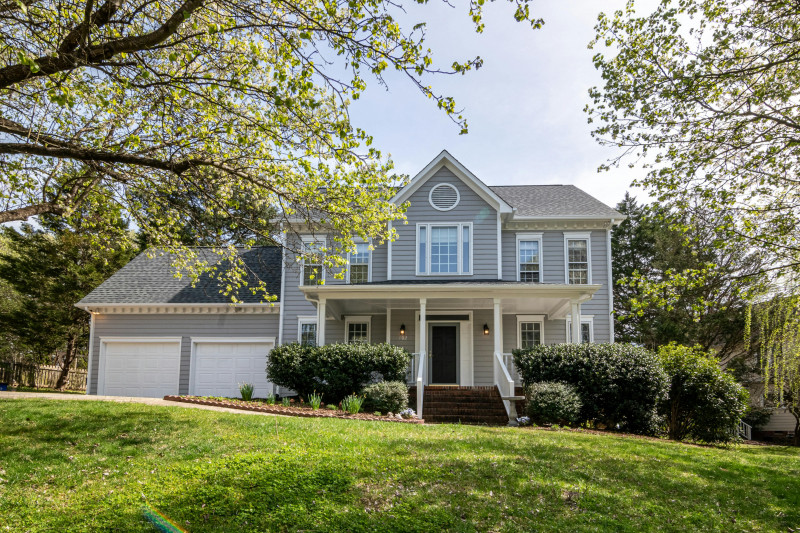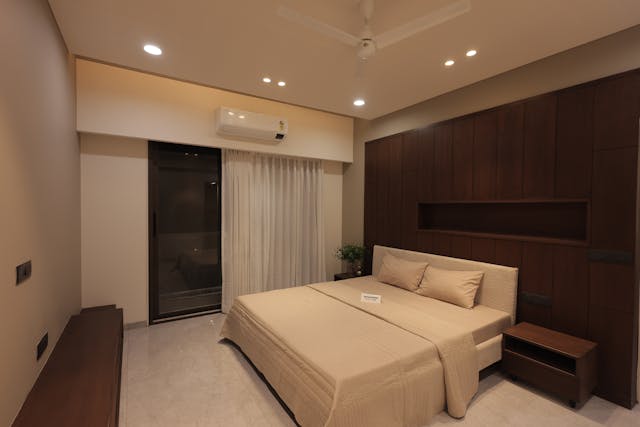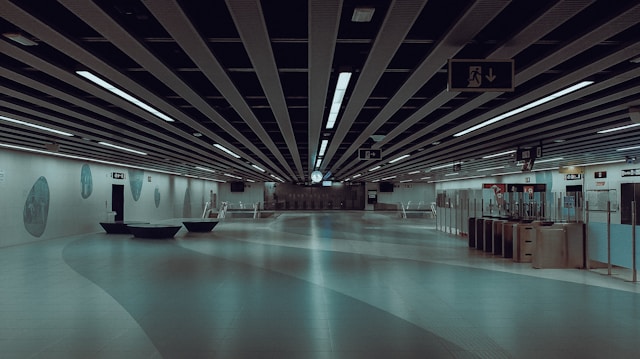This is a sponsored guest post.
The New Era of Smart, Sustainable Home Materials

Homes are entering a stage where design and responsibility work together. The materials used today demonstrate how we live, breathe, and interact with the spaces around us. Builders and homeowners alike are beginning to see the value in materials that work quietly behind the scenes, maintaining comfort and reducing waste without demanding constant attention.
Every decision, from roofing to flooring, carries influence. The right material can lower energy use, improve air quality, and even affect how light moves through a space. Technology has also joined the mix, helping builders measure efficiency in ways that weren’t possible a decade ago. But even with all this innovation, the goal remains simple: to build homes that feel better to live in.
Selecting Materials That Adapt Naturally
The best homes are those that work with their environment instead of against it. Materials that respond naturally to changes in temperature and humidity make spaces more stable and easier to live in. When the materials breathe and adjust on their own, there’s less need for heavy mechanical systems to regulate the home’s comfort. Wood, bamboo composites, and flexible wall systems are good examples of this, as they expand and contract subtly, staying strong through seasonal shifts.
In regions where climates can swing dramatically, adaptable materials help homes hold their shape and comfort year-round. They prevent cracking, warping, or energy loss, all while keeping air quality consistent.
Choosing Durable Building Materials
A well-structured home built from sturdy components maintains comfort and stability for decades. Strong, dependable materials don’t need constant maintenance or replacement, allowing homeowners to live without the endless cycle of repairs.
Metal roofing is a perfect example of this balance between strength and practicality. It’s designed to withstand extreme weather, reflect sunlight, and resist corrosion. Unlike traditional shingles that fade or deteriorate quickly, metal roofs can last half a century or more with little upkeep. They also add to a home’s efficiency, keeping interiors cooler and reducing the strain on air conditioning systems. What used to be seen as an industrial choice has become a staple for homeowners who value both resilience and clean design.
Using Solar-Reflective Surfaces
Heat management has become one of the quiet revolutions in modern home design. Solar-reflective materials, whether in roofing, siding, or window coatings, are designed to deflect sunlight instead of absorbing it.
This technology fits naturally into residential spaces. Reflective coatings are available in finishes that merge with almost any style, from minimalist designs to traditional homes. They’re part of a smarter, invisible system that makes comfort effortless.
Investing in Water-Resistant Finishes
Moisture can quietly undo even the best design if it’s not managed well. That’s why water-resistant finishes have become essential in modern construction. Such protective layers work on a microscopic level, sealing surfaces while still letting the materials beneath breathe. They prevent mold, swelling, and rot without adding gloss or heaviness.
The latest generation of finishes combines natural ingredients with scientific precision, offering both safety and performance. From treated wood to eco-friendly coatings, these products extend the lifespan and preserve the natural beauty of materials. In climates where rain and humidity are frequent companions, they form an invisible shield that keeps everything intact.
Incorporating Locally Sourced Materials
Using local materials has become one of the most grounded and meaningful shifts in modern building. Locally sourced stone, wood, and composites carry the same weathered beauty and strength as the landscape they come from. They reduce the carbon footprint tied to transport, but just as importantly, they give each home a sense of place that feels genuine.
Builders and homeowners in different regions are realizing how much character these materials bring. A local stone wall or reclaimed timber beam needs to feel real. Each piece carries its own story, shaped by nearby soil, air, and weather. The connection is simple: when a home borrows from its surroundings, it naturally fits in.
Using Low-Chemical Paints and Sealants
The air inside a home matters as much as the walls that hold it together. Traditional paints and finishes often release compounds that linger long after drying, quietly affecting air quality. Modern low-VOC and non-toxic alternatives have changed that completely. Newer paints and sealants are made to be safe, durable, and breathable, giving homeowners the same finish without the chemical residue.
What’s appealing about these products is that they perform just as well as conventional ones, often better. They dry evenly, resist fading, and maintain texture over time. More importantly, they make interiors feel cleaner, especially in homes with limited ventilation.
Engineered Flooring for Strength and Sustainability
Flooring carries the weight of everyday life, which is why it needs both resilience and comfort. Engineered flooring has become a favorite choice for its mix of practicality and conscience. Made from layers of real wood over stable cores, it combines the warmth of natural materials with improved durability. It’s less prone to warping, uses fewer raw resources, and often lasts longer than solid wood
when properly maintained.
Modern versions go a step further, using adhesives and finishes that are safe for indoor air and gentle on the environment. The result is flooring that holds up to daily movement, temperature shifts, and moisture, all without losing character.
Integrating Wall Systems That Manage Moisture
Walls are part of a living system that keeps a home stable. New wall materials and integrated systems are designed to breathe naturally, managing humidity and airflow. Instead of trapping moisture, they allow it to move through controlled layers, preventing mold and maintaining steady comfort.
Such systems combine smart insulation, natural fibers, and durable sheathing to regulate temperature and air quality at once. For homeowners, it means less fluctuation in comfort and lower energy use overall. The beauty lies in how invisible it all is, as you don’t see the difference, but you feel it every day.
Selecting Non-Toxic Adhesives
Adhesives are often overlooked, but they hold everything together, from flooring to walls and fixtures. Traditional options contain harsh chemicals that can release fumes over time. The newer generation of non-toxic adhesives has completely redefined this part of construction. They are made from plant-based or water-soluble compounds that maintain strength without compromising safety.
They create cleaner air inside the home and help reduce environmental impact during installation. Even though they’re unseen, their role is crucial, as they make sustainable design consistent from surface to core.
The homes being built today are smarter, not because they’re filled with gadgets, but because their materials think on their own. Every beam, surface, and seal plays a role in how efficiently the space works. The focus has shifted from temporary fixes to thoughtful, lasting choices that respect both people and the planet.

Hi there! I am Emily Evert, the owner of Emily Reviews. I am 28 and live in a small town in Michigan with my boyfriend Ryan and our two pugs. I have a large family and I adore my nieces and nephews. I love reading memoirs, and learning about child development and psychology. I love watching The Game of Thrones, Teen Mom, Sister Wives and Veep. I like listening to Jason Isbell, John Prine, and other alt-country or Americana music. I created Emily Reviews as a creative outlet to share my life and the products that I love with others.
This post currently has no responses.
















Leave a Reply